Stainless Steel Reactor Working Principle | JCT Machinery
 Jan 05,2024
Jan 05,2024

 JCT
JCT
Stainless steel reactor is composed of an inner tank, outer shell, mixer, side discharge valve, temperature sensor, pressure gauge, safety valve, etc.
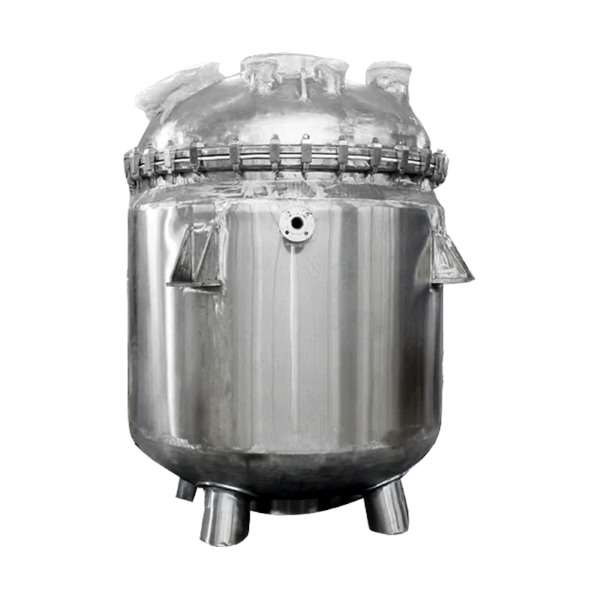
Stainless Steel Reactor Working Principle
1. Heating or Cooling
In stainless steel reactor, reactants can be heated or cooled through the outer shell. Heating usually takes the form of steam or electric heating, and the reactants are heated by the heating medium flowing through the shell. Cooling is usually achieved by cooling water or coolant flowing through the housing to cool the reactants. Heating or cooling control can be achieved through temperature sensors and temperature control systems.
2. Stir
In stainless steel reactor, the stirrer plays the role of fully mixing and homogenizing the reactants. Agitators usually consist of motors, rotors and blades. The motor drives the rotor to rotate, and the blades on the rotor stir the reactants to homogenize them.
3. Control Stress
During the reactor process, it is sometimes necessary to control the pressure of the reactants. This can be achieved by adjusting the flow rate of the heating or cooling medium, or by adjusting the pressure of the safety valve. The safety valve plays a role in protecting the reactor. When the pressure exceeds the set value, it will automatically open to release the excess pressure.


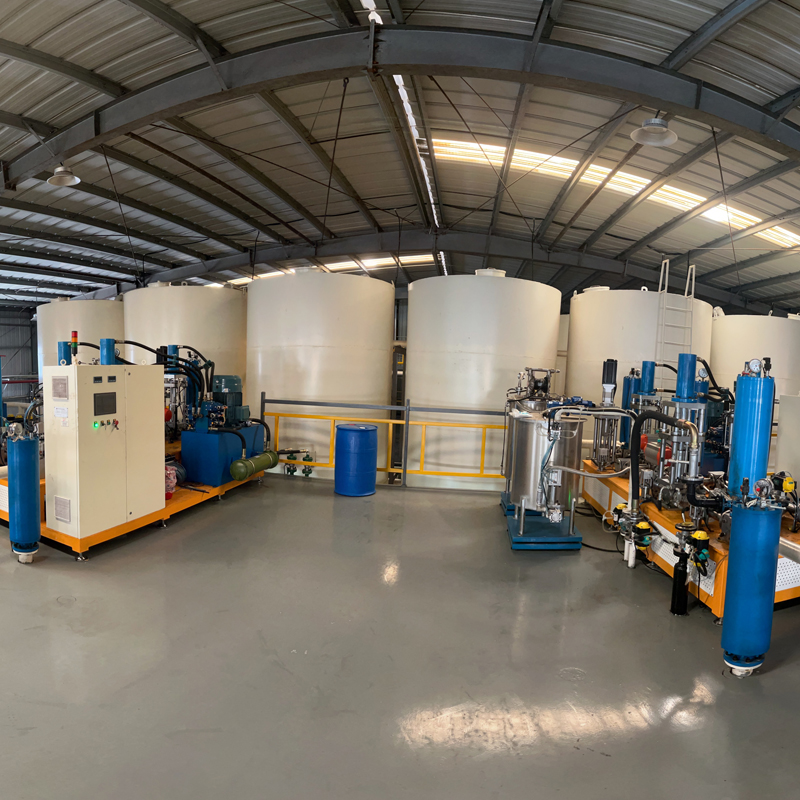
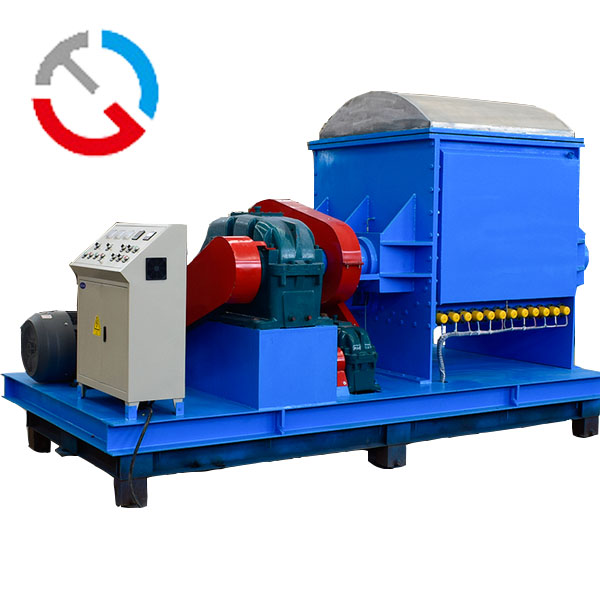
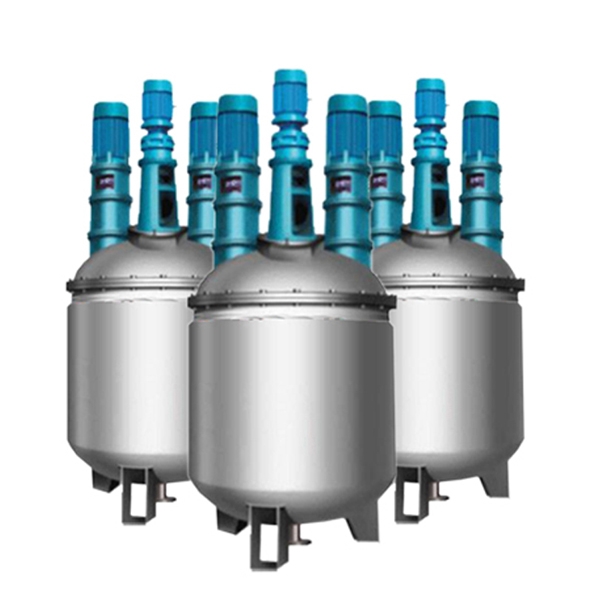
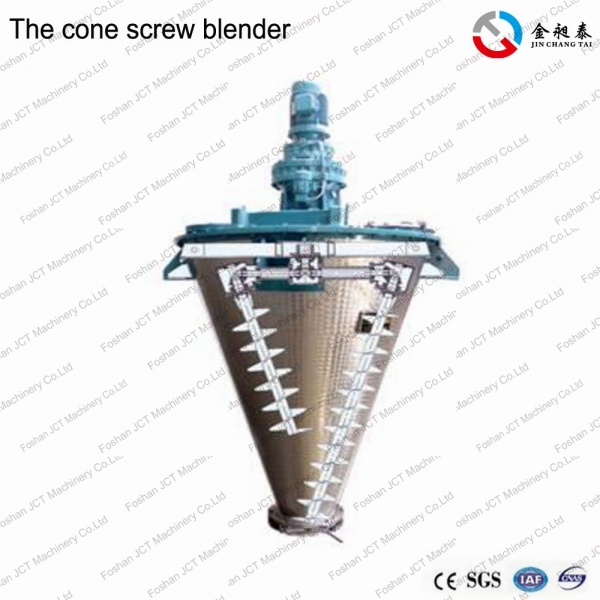


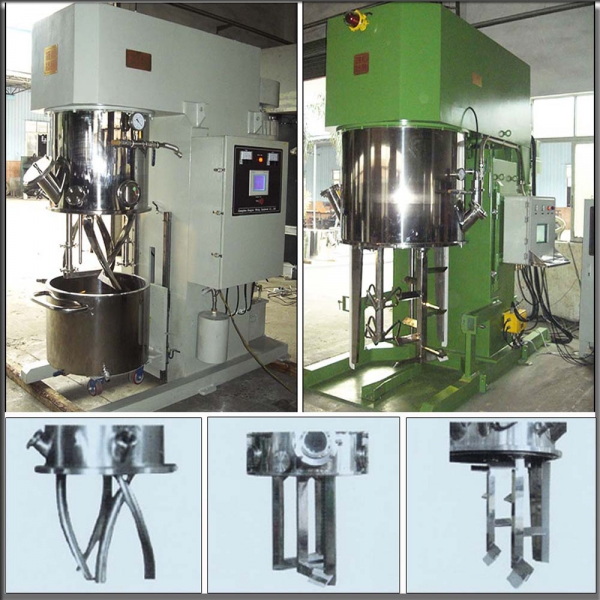





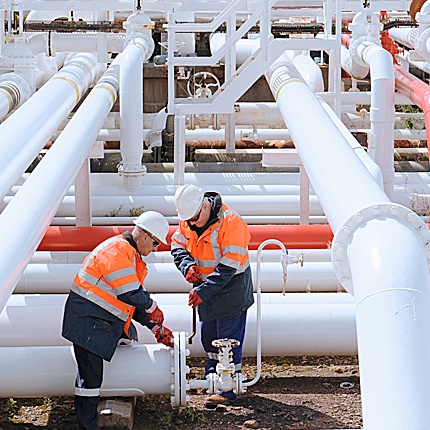

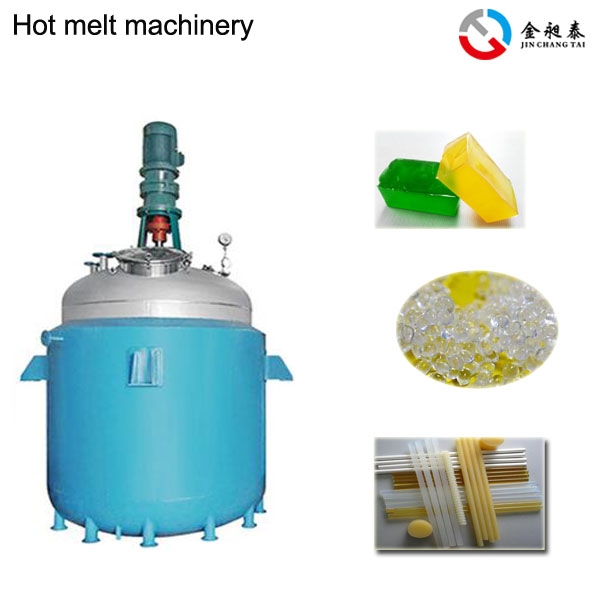
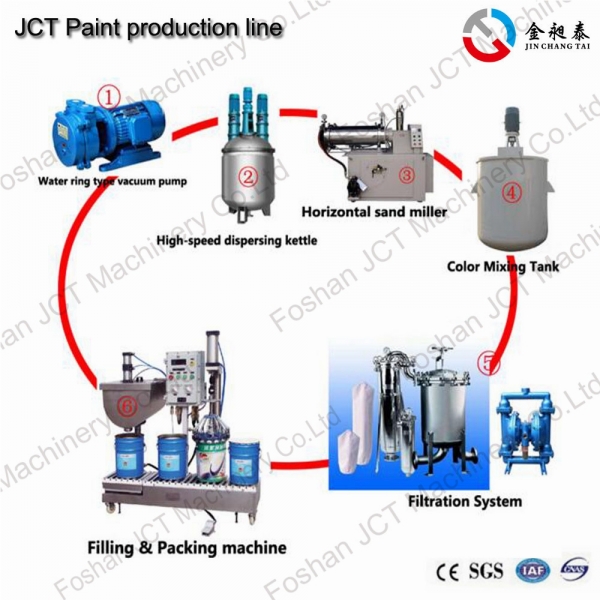
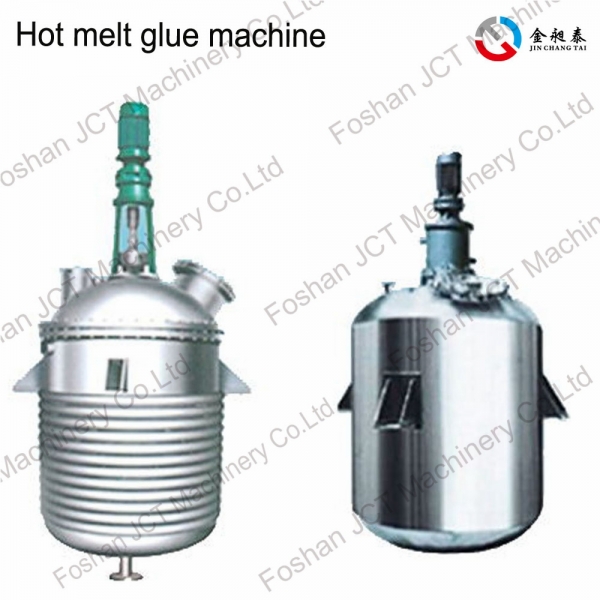
 CN
CN
 HOME
HOME What Is PVA? | JCT Machinery
What Is PVA? | JCT Machinery  You May Also Like
You May Also Like
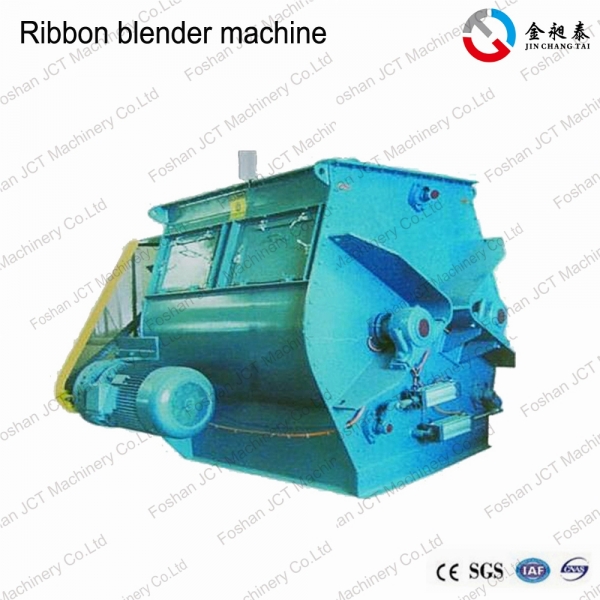

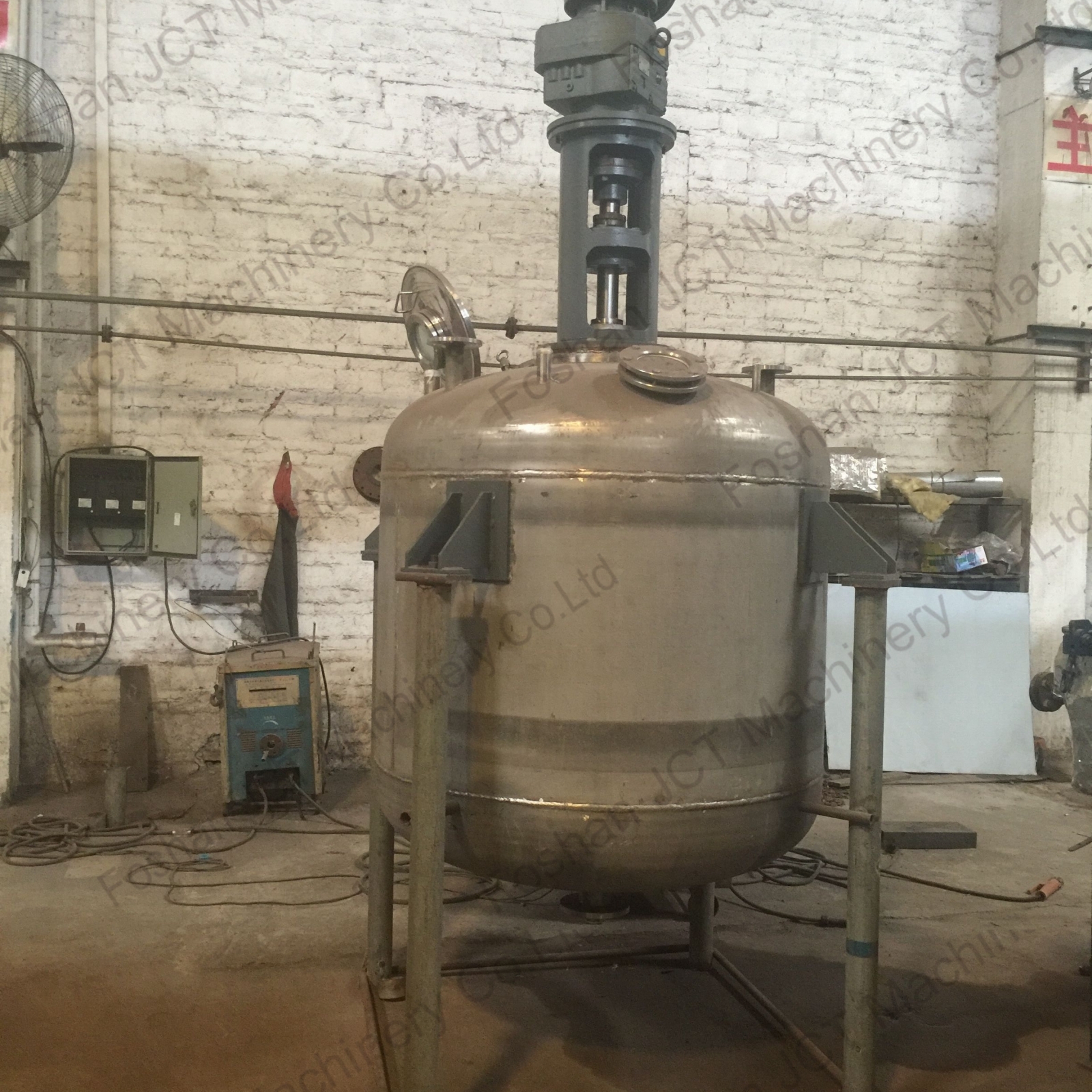
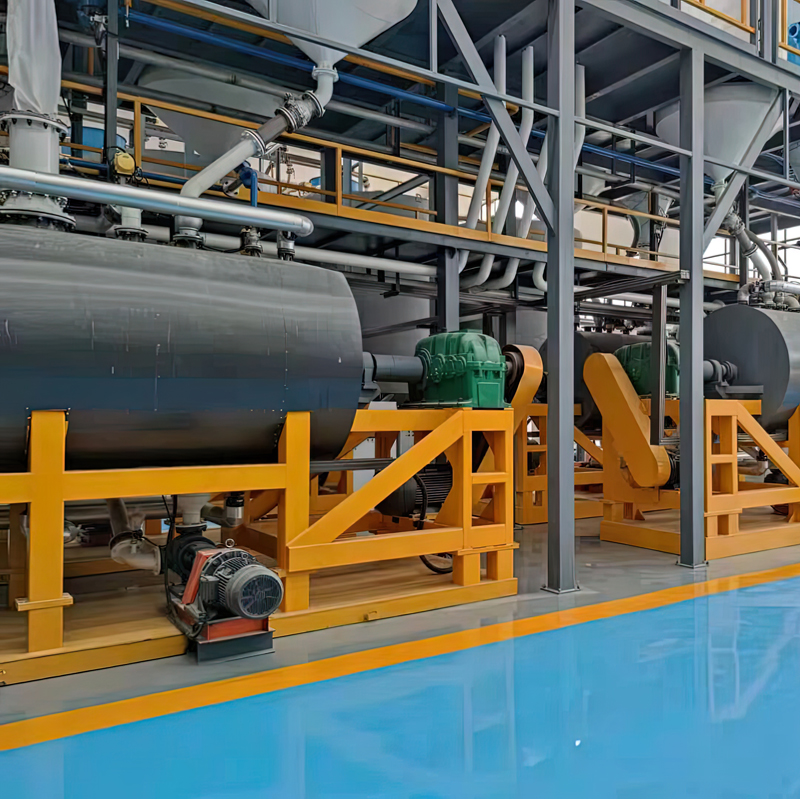

 Tel
Tel
 Email
Email
 Address
Address










